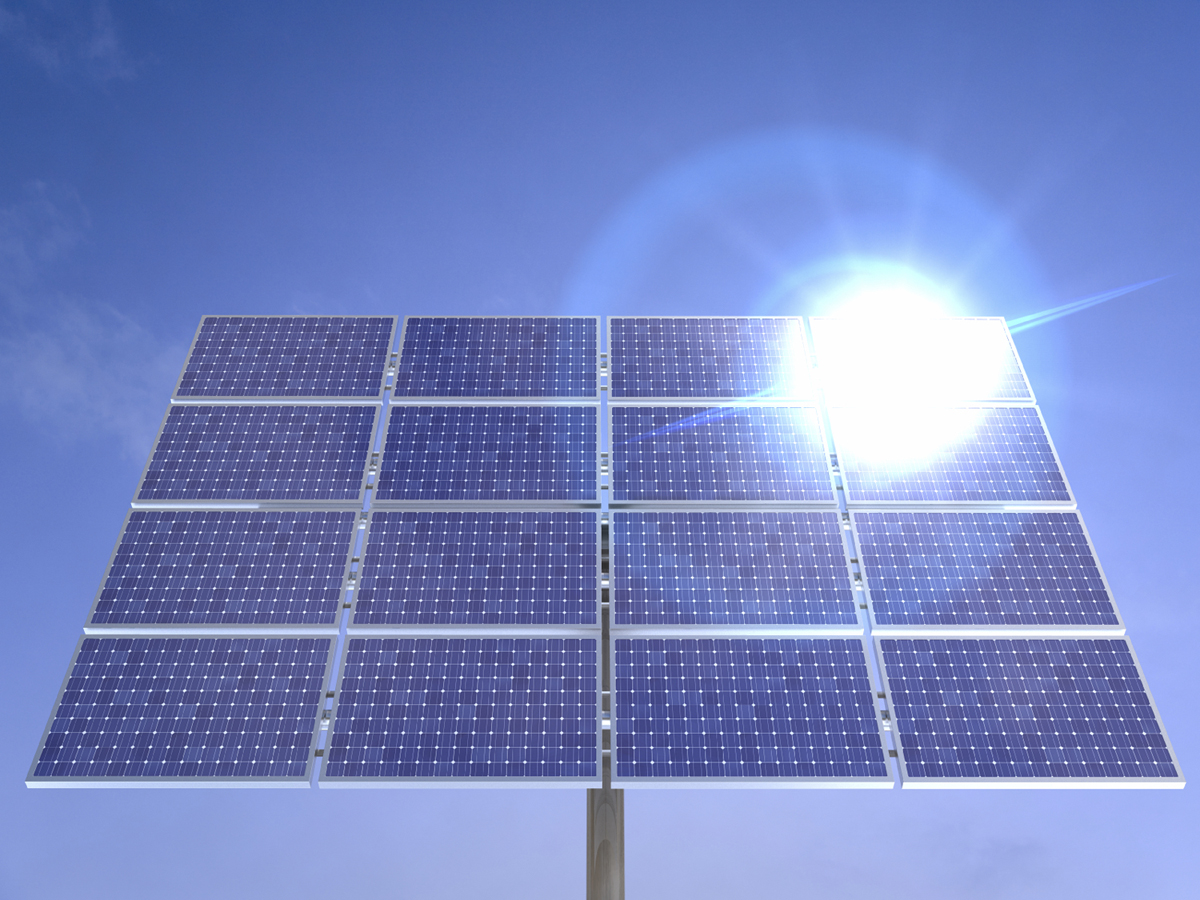Future research should focus on active water cooling and combined heat pipe and sink cooling for reducing the operating temperature of PV modules, and on how to eventually hybridize these technologies.
This is one of the main conclusions of the study Advanced cooling techniques of P.V. modules: A state of art, published in Case Studies in Thermal Engineering by a group of international researchers from the Universiti Malaysia Pahang, India’s Maulana Azad National Institute of Technology and Russia’s South Ural State University.
In the paper, the scientists acknowledged that it is currently difficult to identify an easy-to-apply and cost-effective cooling technique among the existing ones, due to the lack of economic effectiveness data. Active methods, which require the use of coolants such as water, air, or other liquids, differ from passive systems for relying on a power supply, which contributes to making it more expensive than its counterpart.
The study presents active techniques including air-based cooling, liquid-based cooling, forced water circulation, liquid immersion cooling, water spraying, and passive methods such as phase change materials (PCM) cooling, heat pipes, heat sink or fins and heat exchangers, microchannel heat exchangers, radiative sky cooling, nano-fluid based cooling, thermoelectric cooling, evaporative cooling, and spectrum filter cooling. It also describes a short series of hybrid, multi-concept cooling systems that are currently being developed.
Among the challenges that developers need to address to build efficient cooling systems, the research team indicated, among others, the need for balancing the high initial cost with higher performance, device maintenance costs, the lack of standard tests, and mitigating the risks of hotspots, which increase the panel temperature. “If a system is designed without considering environmental influences, the device maintenance costs could outweigh the benefits of improved power output,” it further explained. “Air and water-based technologies are fairly mature, and have already been widely documented, among all cooling system[s]. However, refrigerant-based systems and heat pipes continue to undergo, but there are still some technical/cost issues prohibiting their large scale use.”
As for the active methods, the academics added that especially water cooling is an easy and effective cooling technique, noting that research on this should continue. However, these technologies are also defined as not practical, as the PV system's surrounding area must have a steady supply of cool water, and the array to be cooled must have scale to offset the costs for the required power. The passive methods, although they include extra components such as heat pipes, sinks or exchangers, are pointed out as relatively easy and cost-effective to produce and, at the same time, with “limited possibilities.”
“The future direction of technology development should focus on developing hybrid cooling methods with the main objective to maintain the surface temperature low and stable,” the research group concluded. “Future research should aim to focus on one of the two promising cooling techniques, active water cooling and combined heat pipe and sink cooling.”
Researchers at Malysia’s Multimedia University provided in April a similar overview of performance assessment and comparison among different methods for keeping solar panels cool in operation.
This content is protected by copyright and may not be reused. If you want to cooperate with us and would like to reuse some of our content, please contact: editors@pv-magazine.com.




DC current is the future.
Advantages :
No conversion loss, distorion
Conduction through very thin wires
No industrial harmony
Simple technology.